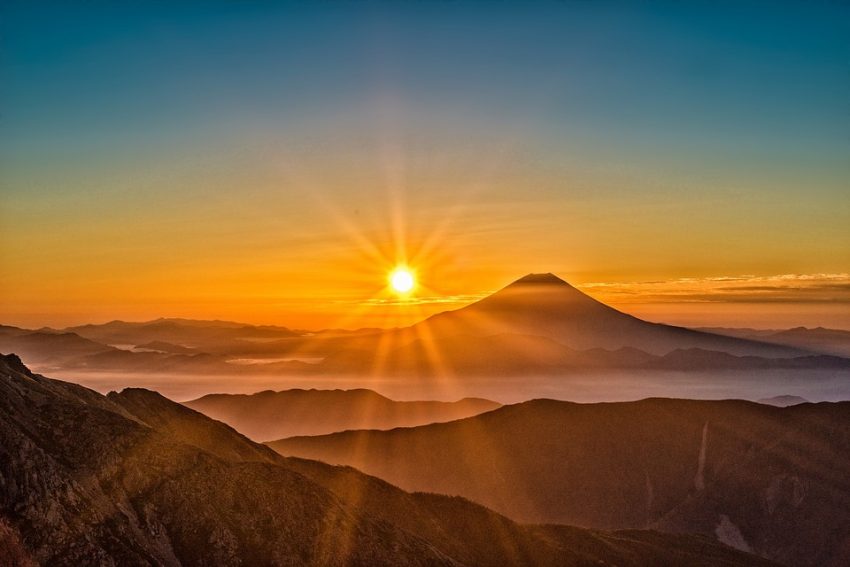More than 500 tornadoes were reported in the United States over the course of 30 days, making it one of the worst tornado outbreaks in the last decade. This year’s total is also more than 200 percent more than the average.
This has raised the question of whether climate change played a role in this particularly active period of tornadoes if it did at all. While some have stated that the above-average numbers are due to climate change, the scientific community has disputed these claims.
Scientists aren’t optimistic about finding a correlation between tornado activity and climate change. They can’t rule out the potential of a link; rather, the science is so ambiguous at this stage that they just don’t know.
What is apparent is that the number of powerful tornadoes in the United States has not increased in recent decades. Tornadoes have also gotten increasingly concentrated, with outbreaks of numerous tornadoes becoming more prevalent, despite the fact that the overall number of tornadoes has stayed similar. In recent years, there has also been evidence that tornado “force” has increased.
Climate change may make conditions more conducive to the creation of severe thunderstorms and tornadoes, according to some studies, although such effects are not yet visible in measurements.
Any function of climate change in influencing tornado formation conditions is still an open question that the scientific community is currently researching.
Highly uncertain attribution
Different extreme weather events are influenced by climate change in different ways. Some changes, such as an increase in extreme heat events, a decrease in extreme cold events, and an increase in extreme precipitation events, are simple to interpret and link to climate change. Others, like intense convective storms that produce tornadoes, are far more difficult to decipher.
Increases in certain types of extreme weather, such as heavy rain and excessive heat, have been observed and are expected to grow in the future as the planet warms. Other extreme weather events, such as tornadoes, hail, and thunderstorms, are demonstrating changes that may be linked to climate change, but scientific understanding is insufficient to accurately estimate the direction and amount of future change.
El Nio and La Nia circumstances impact some of the year-to-year variations in tornado numbers. According to a 2017 study, La Nia years have more tornadoes in the United States; yet, the present major outbreak is occurring during an El Nio year.
Tornado occurrence can be influenced by other types of natural variability. According to research, the “Madden-Julian oscillation,” a cyclical fluctuation in temperature and moisture that originates in the Indian Ocean, can have a significant impact on tornado activity in the United States. Scientists projected in late April that there would be a high risk of tornadoes in late May based on this information.
While the number of tornadoes reported in the United States has doubled since the 1950s, this statistic is misleading. Tornado records primarily relied on people spotting tornadoes and reporting them to the National Weather Service until the 1990s.
Because most tornadoes are small and only last a few minutes, the number of tornadoes observed and recorded will be far lower than the exact number of tornadoes that happened. Tornadoes have become more common throughout time, thanks to the introduction of advanced “Doppler” weather radar systems in the 1990s, which can identify weak tornadoes and those in sparsely inhabited areas that may have gone unnoticed previously.
Tornadoes in more common conditions?
Tornadoes have become more common in recent years, according to scant evidence. However, according to a number of climate modeling studies, conditions in the United States that favor the development of violent thunderstorms – including tornadoes – will become more likely in the future.
While scientists cannot rule out the role for climate change in variations in tornado activity, the link between the two is still mostly hypothetical, especially in the case of specific storms like the recent outbreak in the United States.
Are you also passionate about tornadoes as we are? Let us know in the comments…

